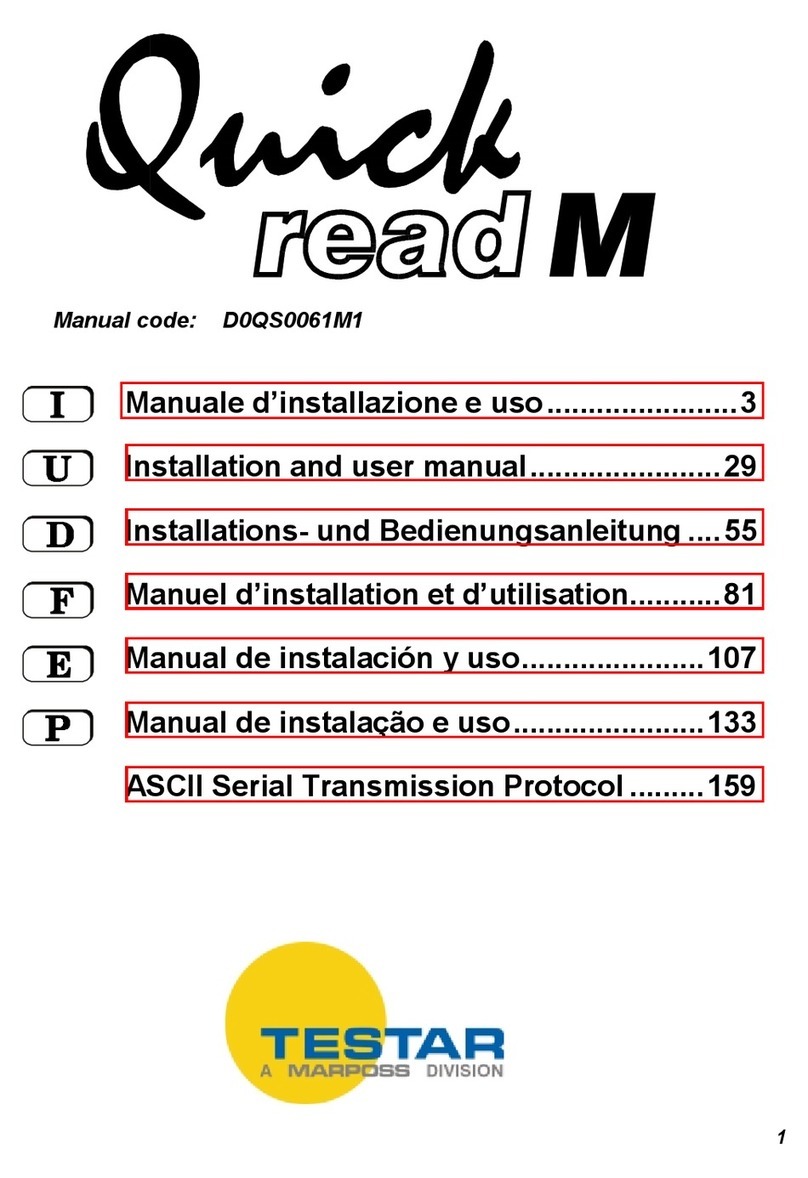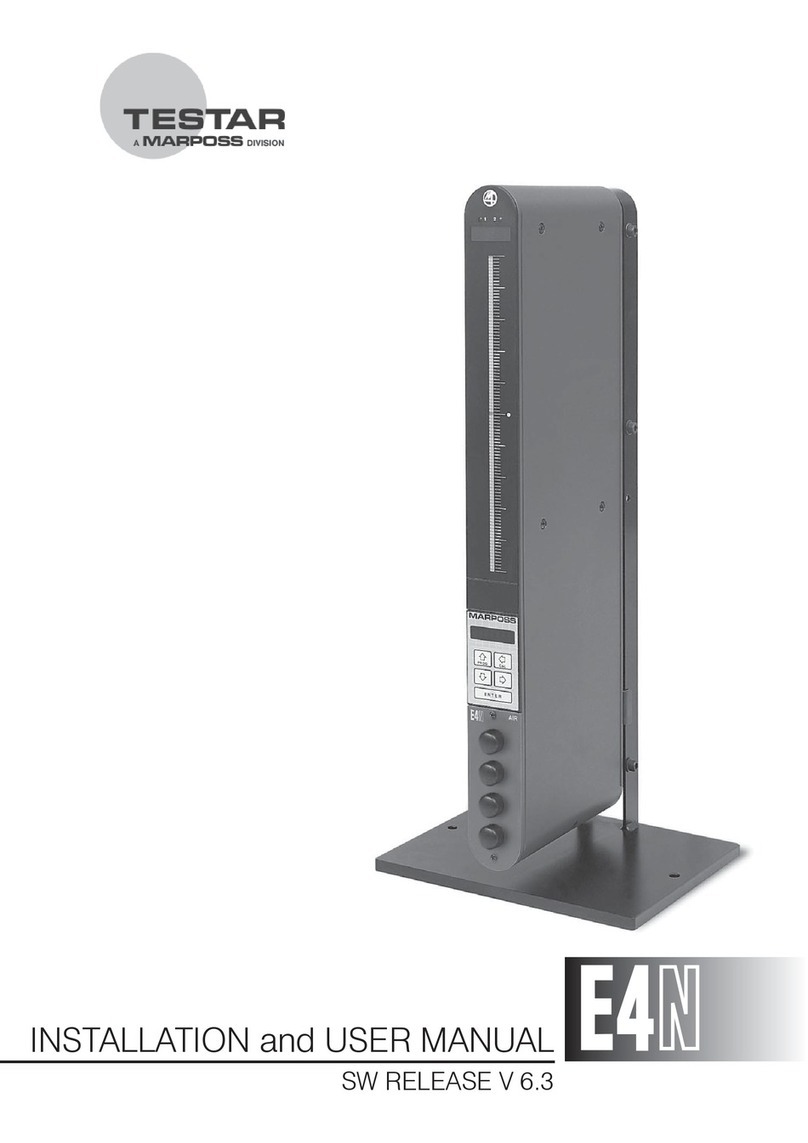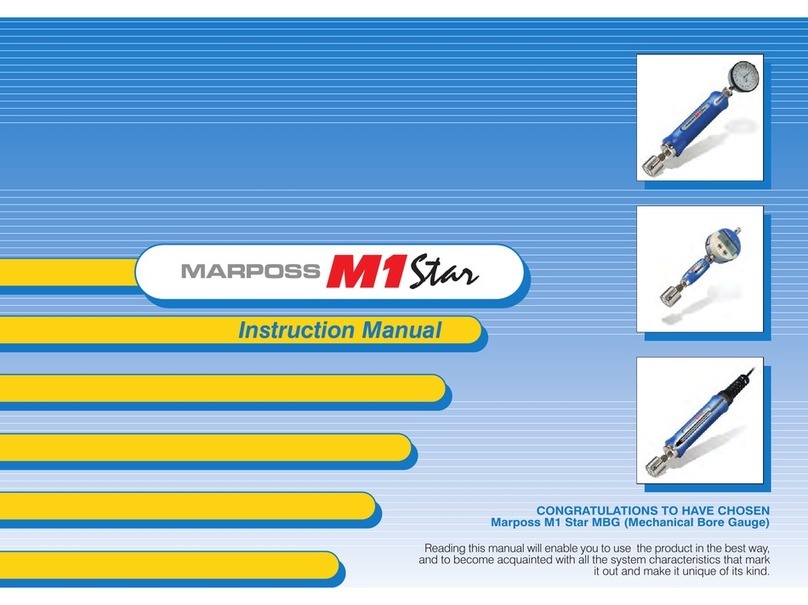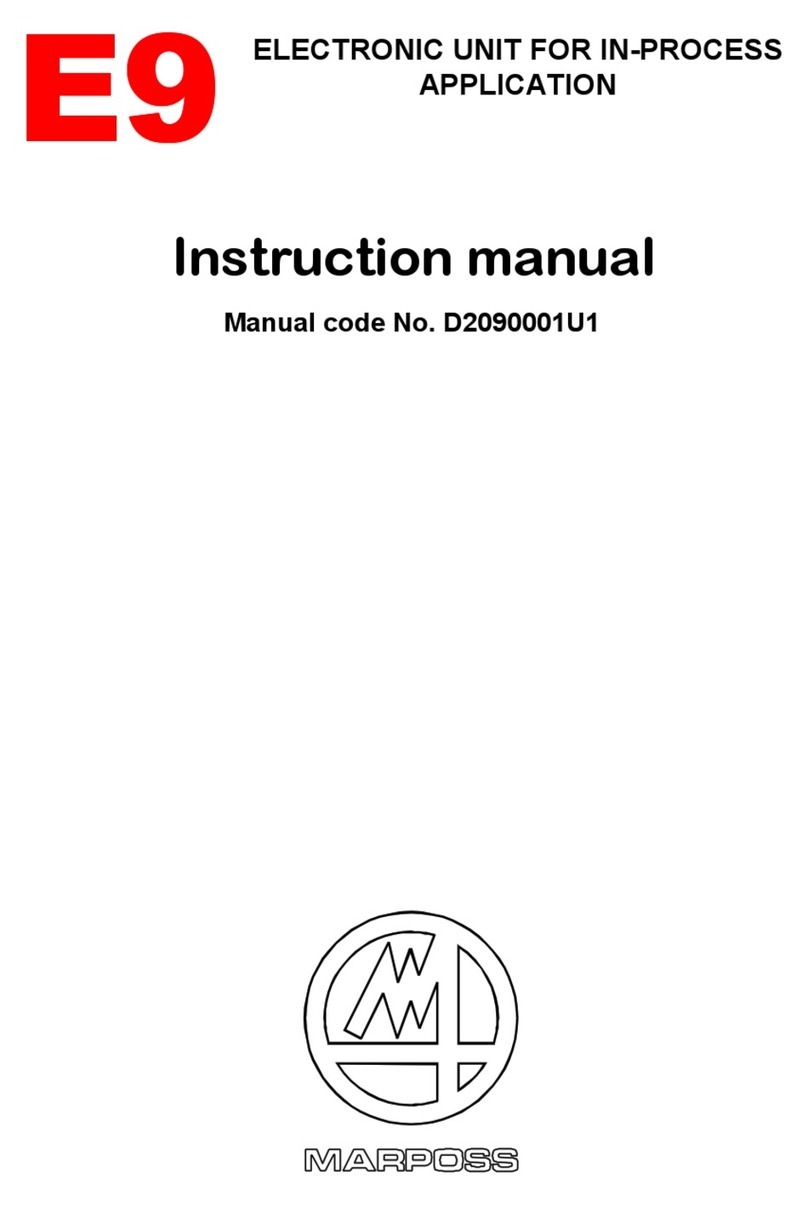
Prodar 5
Contents
1. GENERAL REGULATIONS AND INSTRUCTIONS........................................... 7
1.1 Introduction ................................................................................................. 7
1.2 Testing and Warranty ................................................................................. 7
1.3 General Safety Regulations........................................................................ 7
1.4 Operating Principle ..................................................................................... 8
2. Technical specifications .................................................................................. 9
2.1 G25 Probe Technical Specifications........................................................... 9
2.1.1 Technical Specifications ..................................................................... 9
2.1.2 Overall dimensions ............................................................................. 9
2.2 P32 Interface Technical Specifications..................................................... 10
2.2.1 Technical Specifications ................................................................... 11
2.2.2 Overall dimensions ........................................................................... 12
2.3 Touch and Scanning Speed ..................................................................... 13
2.4 Using the System...................................................................................... 13
3. INSTALLATION................................................................................................ 15
3.1 Mounting the G25 Probe........................................................................... 15
3.1.1 Support for G25 Probe...................................................................... 15
3.2 Mounting the Stylus .................................................................................. 16
3.3 Extensions ................................................................................................ 17
3.4 Electrical Connections .............................................................................. 18
3.4.1 Inhibit Function ................................................................................. 19
3.4.2 Analogue output connection ............................................................. 20
3.5 Operating Cycle Charts ............................................................................ 22
3.6 Output Signals .......................................................................................... 23
4. MAINTENANCE ............................................................................................... 25
4.1 Routine and Extraordinary Maintenance................................................... 25
4.2 Routine Maintenance................................................................................ 25
4.2.1 Cleaning and checks ........................................................................ 25
4.2.2 Substituting the outer seal ................................................................ 26
4.3 Fault finding .............................................................................................. 27
































